By Ku Kok Peng and Mohamad Afif Abdullah
Increasing production. Rising inventory. Slumping prices. If recent developments in the palm oil sector are indicative of its future, the sector certainly looks bleak. Or does it?
Global population is set to grow from the current 7.6 billion to 9.8 billion in 2050[1], with 70% living in urban areas[2]. The middle-income class continues to boom. By 2027, this segment is expected to reach 5 billion, representing 60 % of the global population[3].
This growth will be accompanied by an ageing population as the number of people aged 60 or above is expected to more than double by 2050, rising from 962 million globally in 2017 to 2.1 billion in 2050[4]. Life expectancy is rising, from 65 years for men and 69 years for women in 2000-2005 to 69 years for men and 73 years for women in 2010-2015[5], with further improvements expected moving forward.
These demographic changes point to greater demand for food, feed, fuel as well as consumer and health products, all of which can be fulfilled by vegetable oils, including palm oil. Maybe, things are not so bleak after all, but let’s examine the facts.
Feeding the growing world
To meet growing demand, the world will inevitably see an expansion of land use for oil crops such as palm oil, soy, rapeseed, sunflower, coconut and others.
Palm oil is superior to other oil crops in respect of yield productivity. On average, oil palm yields about 3.5 tonnes from a hectare of land. Other oil crops such as rapeseed oil, sunflower seed oil, soya bean oil and coconut oil can only yield 0.8 tonnes/ha, 0.7 tonnes/ha, 0.4 tonnes/ha and 0.3 tonnes/ha respectively.[6] Hence, palm oil requires significantly less land to produce the same quantity of oil.
Yet, palm oil cultivation is facing immense pressure from environmentalists. In 2017, the European Parliament passed a resolution to ban palm biofuel from 2021 and to impose a single certification scheme for all palm oil entering the European Union, citing concerns on deforestation. Following tremendous protest by producers such as Indonesia and Malaysia, this stance was later softened to only exclude palm biofuel along with all other vegetable oil-based biofuel in 2030.
Disproving critics
But is there basis for the allegations on deforestation? Statistics suggest not. In fact, livestock rearing is the main culprit while soy cultivation causes forest loss at almost double the rate for oil palm cultivation.
Moving forward, we will witness a combination of oil crops delivering environmentally optimal vegetable oil supply. Banning palm oil expansion may in fact worsen the environmental impact. A cost and benefit analysis for palm oil expansion conducted in 2013 by James Fry, a leading palm oil expert, showed startling results. Had a moratorium been imposed on oil palm cultivation in 2013, the world would have lost an incremental 145 million hectares of forest to make up for that loss of production. This stems from the need to expand other crops at a faster rate to close the supply gap from palm oil.
Given the worldwide population growth trend and the need to feed the population, there is no doubt that palm oil must and will remain in the mix. The more pertinent question is how palm oil planting can be expanded sustainably.
Co-existing with the natural environment
Sustainability must be the utmost priority in palm oil business. To co-exist symbiotically with the environment, the industry must prioritise a balance between economic development and environmental sustainability, avoid deforestation and optimise land use, protect biodiversity and adopt robust standards.
Teresa Kok, Minister for Primary Industries of Malaysia recently reiterated the policy of capping palm oil expansion to ensure 50% forest cover.[7] Such bold policy actions should be lauded as it signals commitment by the government to reduce deforestation and protect biodiversity in one stroke of policy.
Adopting sustainability standards is the most practical and impactful approach that can be taken by palm oil stakeholders. To date, the globally recognised Roundtable for Sustainable Palm Oil (RSPO) has certified total of 19% of palm oil produced across the globe. In complementary moves, Indonesia and Malaysia have both enacted their own national standards, namely Indonesian Sustainable Palm Oil (ISPO) and Malaysian Sustainable Palm Oil (MSPO). However, both certification schemes have yet to gain extensive acceptance, by both governments and private sector buyers.
The execution of sustainability policies must be well-coordinated among governmental units. This is especially when jurisdictions related to plantation and environment sit within different government entities or territories. In Malaysia, there is a need to harmonise environmental policies for the plantation and commodities sector under Ministry of Plantation Industries with other related environmental and land use policies under the purview of other Ministries.
For instance, protecting biodiversity requires the identification and demarcation of high value conservation (HCV) areas and collaboration between Federal Ministries and State Governments, as custodians of land matters, to put in place sustainable management plans. This may include working towards certification, or an outright halt to new plantations which may encroach into HCV areas through plantation licensing enforcement. Plantations and HCV areas can coexist and balance socioeconomic needs of rural areas and ecological preservation.
Making productivity more competitive
Higher yield necessarily means reduced land use but unfortunately, it is on a declining trend. In Malaysia, the national FFB yield has declined from 19 tonnes/ha in 2012 to 18 tonnes/ha in 2017.[8] The declining productivity was primarily due to labour shortages, slow replanting of old palms and therefore, slower regeneration of palms with higher-yielding planting materials. There is a need for faster replanting to create a new generation of oil palm areas that have higher yields and are more labour-friendly, leading to improved productivity.
Another key strategy is to accelerate the discovery of even more superior oil palm seedlings. Existing conventional breeding methods of cross-breeding and hybrid take a long time to show results, as it goes through a breeding cycle of about 10-12 years. The advent of genome editing (GE) can fast-track the new development of planting materials, cutting the long development duration and delivering better results. Desirable traits such as lower palm height, shorter fronds, longer fruit stalks, low-shedding fruits and disease resistance can become a reality significantly faster with the deployment of GE.
Labour productivity has increased in recent years in Malaysia due to increasing mechanisation. Productivity increased from 0.68 tons/day per worker to 0.88 between 2012 and 2017. Yet, more can be achieved through a combination of brownfield and greenfield approaches. The brownfield approach seeks to adapt, prototype and deploy existing mature applications from other crops or regions across the upstream value-chain. The greenfield approach, on the other hand, encompasses an end-to-end new system of production with deployment of digitisation, Internet of Things (IoT) and big data analytics. This is a long-term process requiring innovation and it is critical to get started right away.
Fuelling energy needs
Palm oil is a well-established source of green fuels and chemicals. The crop can do more in this role.
Despite efforts to eventually phase out fossil fuels from the transport sector, fossil fuels are here to stay for the foreseeable future. Therefore, there is still some room for growth for palm biodiesel. In Indonesia, domestic blending has been mandated at 20%, moving to 30% by 2019, while in Malaysia, renewed efforts certainly can be made to increase the current blending from seven% to 10% for both transport and industrial sectors.[9] [10]Elsewhere, commitments to the Paris Agreement by China and India to reduce their Greenhouse Gas (GHG) emissions per unit of GDP by 33% and 60%, respectively, by 2030 present an opportunity for biodiesel blending in both countries to decrease their GHG emission.[11]
Be that as it may, the future of palm biofuel is in advanced biofuel. It is a complete substitute for conventional fuel – fully compatible, mixable and interchangeable – without requiring any adaptation of the engine or infrastructure that can support all transportation modes, including aviation. This development will involve a longer gestation and significant investment, but it is a pursuit that must be made.
On the other hand, the global oleochemical market size is projected to hit USD30 billion by 2024 while the global nutraceutical market size is expected to be USD285 billion in value by 2021.[12] [13]The industry is moving higher up the value-chain by producing derivatives and phytonutrients used in major consumer and health-based products that will unlock more value from palm oil.
The golden crop is here to stay
The beauty of palm oil is in its versatility and efficiency. Not only is palm oil a stable and healthy source of edible oils and fats, it also infiltrates every aspect of human life, encompassing foods, consumer and household products, fuels and lubricants.
As a global market leader, headwinds are only to be expected. The good news is palm can be even more efficient and sustainable, and that may just be enough for it to stay competitive for the long run. Wither, it will not.
[1] Source: United Nations Department of Economic and Social Affairs (UN-DESA)
[2] Source: Envisioning Malaysia 2050: A Foresight Narrative, Akademi Sains Malaysia
[3] Source: Brookings Institution
[4] Source: United Nations Department of Economic and Social Affairs (UN-DESA)
[5] Ibid
[6] Source: Ministry of Primary Industries, Malaysia
[7] Teresa Kok: Govt to stop oil palm expansion, keep 50pc land as forest | Malay Mail. (2018). Malaymail.com. Retrieved 5 September 2018, from https://www.malaymail.com/s/1669208/teresa-kok-govt-to-stop-oil-palm-expansion-keep-50pc-land-as-forest
[8] Source: MPOB
[9] Biofuels Policy In Indonesia: Overview And Status Report
[10] Malaysia Biofuels Annual Report by USDA Foreign Agriculture Service 2017
[11] Malaysian Biodiesel Association
[12] Grandview Research, 2016 (https://www.grandviewresearch.com/press-release/global-oleochemicals-industry)
[13] PEMANDU Associates Analysis

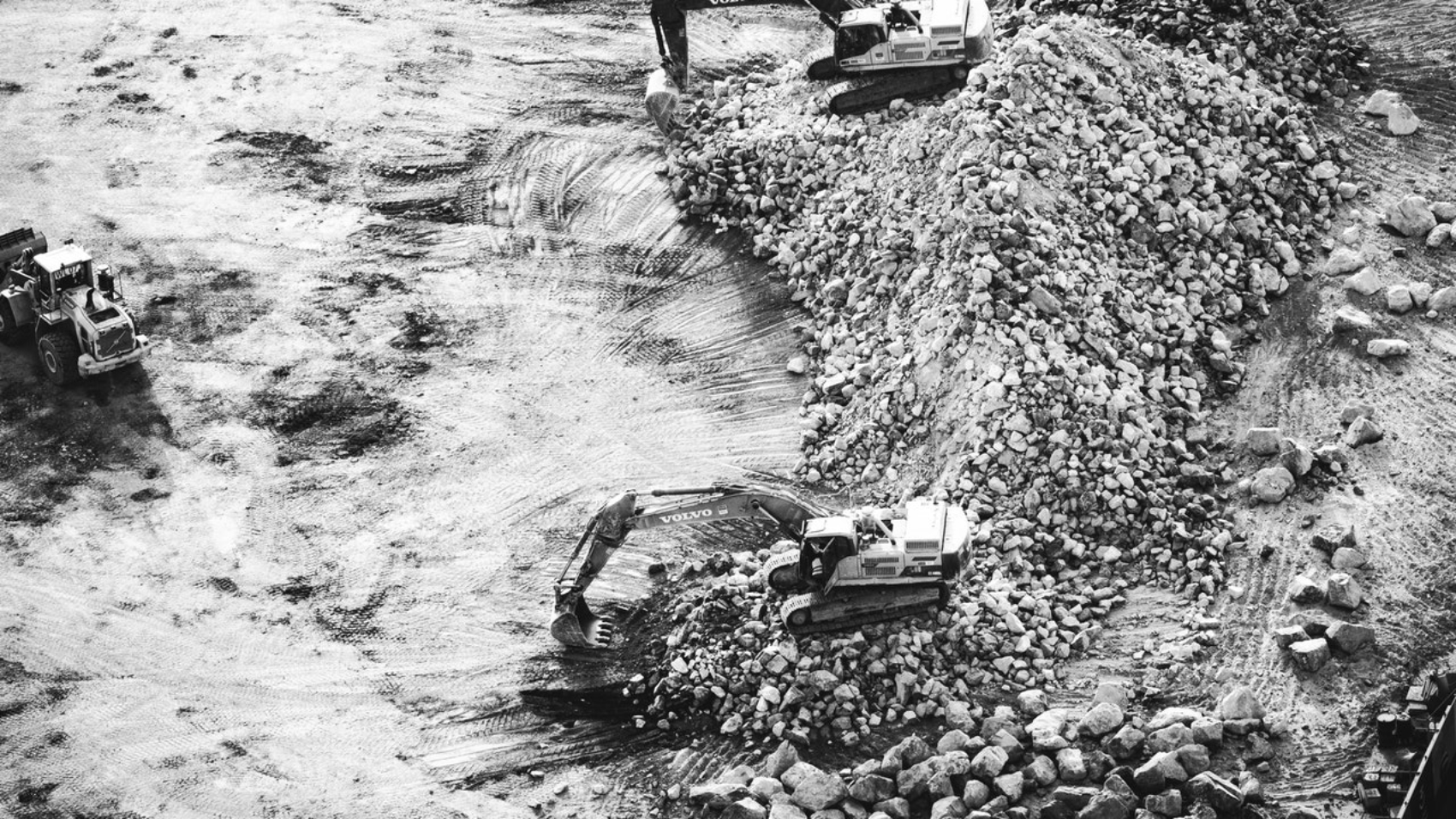


 With a solid base in the electrical and electronics industry, steps were also taken to move up the value chain while closing the gaps in components, devices and services value chains along the way. Efforts were focused on three catalytic sub-sectors namely, electrical and electronics, chemicals, and machinery and equipment (M&E), with aerospace and medical devices identified as adjacent sub-sectors with high-growth potential as part of a 3+2 strategy. (Note: 3+2 refers to segments in E&E, chemicals and M&E plus aerospace and medical devices.)
With a solid base in the electrical and electronics industry, steps were also taken to move up the value chain while closing the gaps in components, devices and services value chains along the way. Efforts were focused on three catalytic sub-sectors namely, electrical and electronics, chemicals, and machinery and equipment (M&E), with aerospace and medical devices identified as adjacent sub-sectors with high-growth potential as part of a 3+2 strategy. (Note: 3+2 refers to segments in E&E, chemicals and M&E plus aerospace and medical devices.)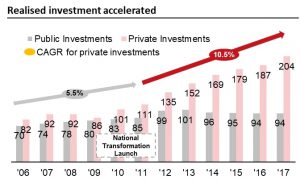
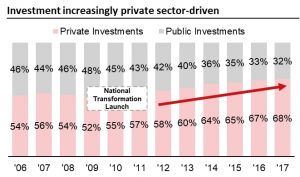
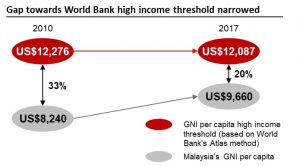

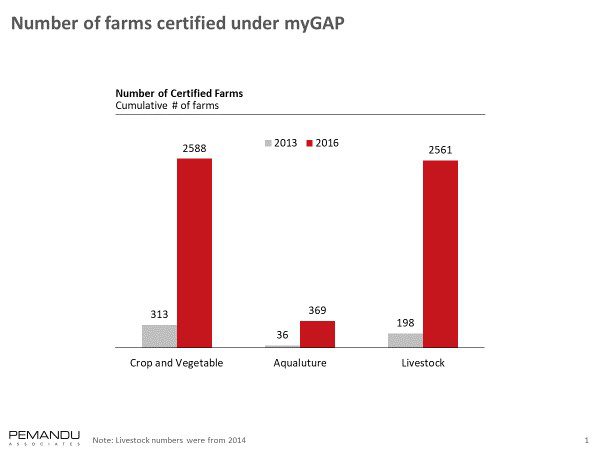


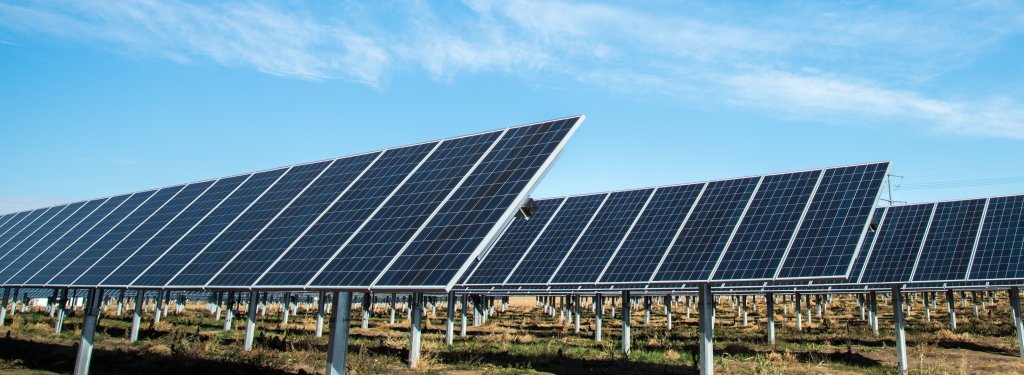

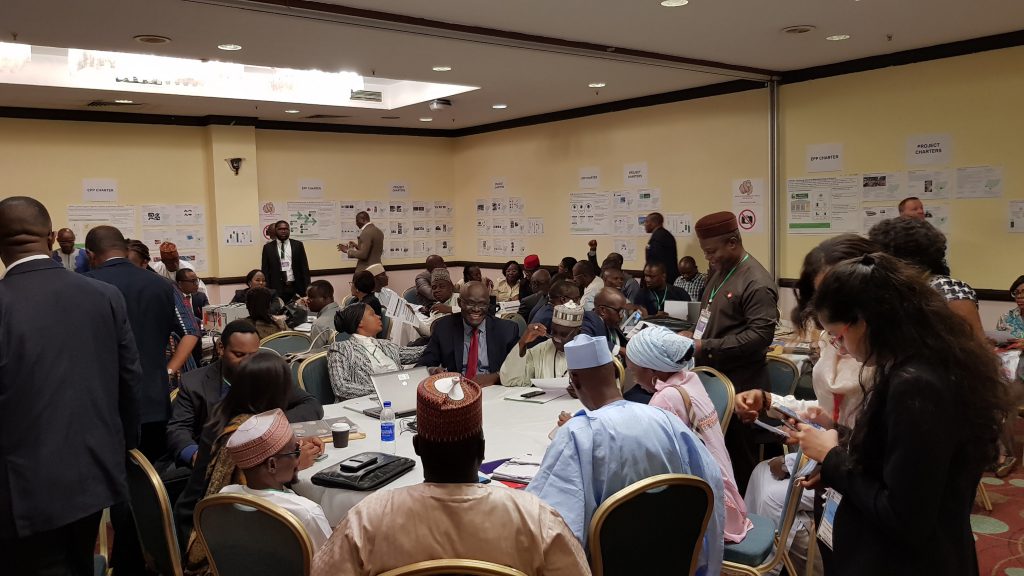 “The initial interactions with the CEO and leadership of PEMANDU Associates was reassuring and gave a lot for the team to anticipate as to how the Labs would be run, and how this would constitute a key developmental experience for the country, the team members and the Lab participants. The CEO’s inspirational approach was therefore commendable.
“The initial interactions with the CEO and leadership of PEMANDU Associates was reassuring and gave a lot for the team to anticipate as to how the Labs would be run, and how this would constitute a key developmental experience for the country, the team members and the Lab participants. The CEO’s inspirational approach was therefore commendable. 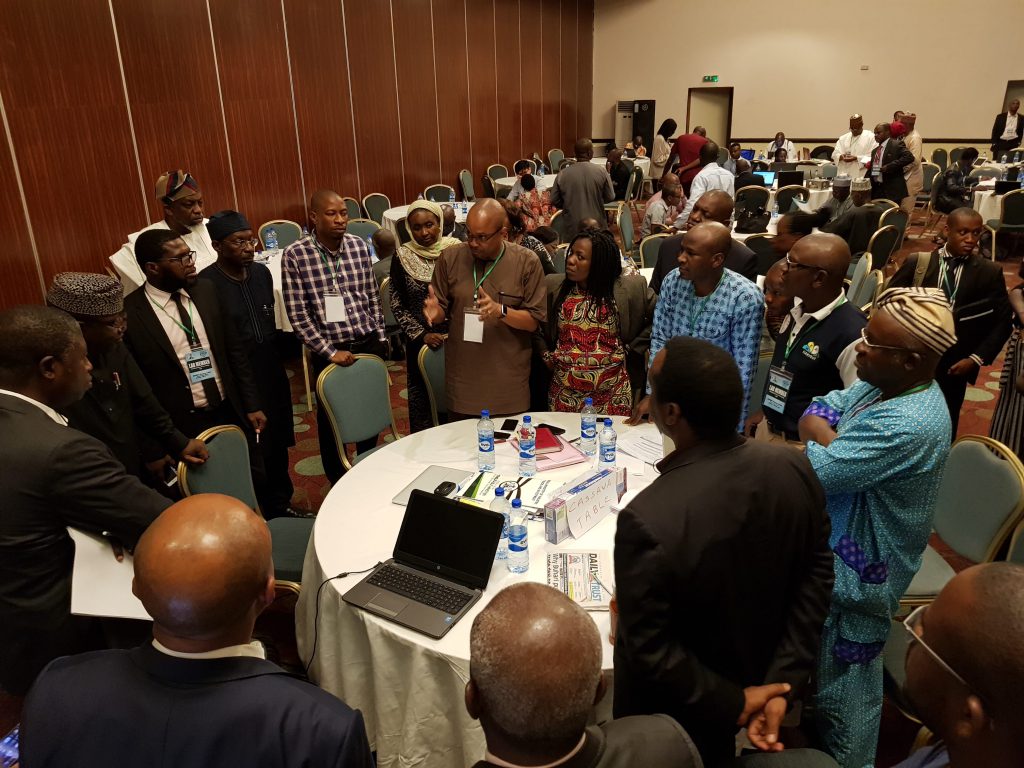
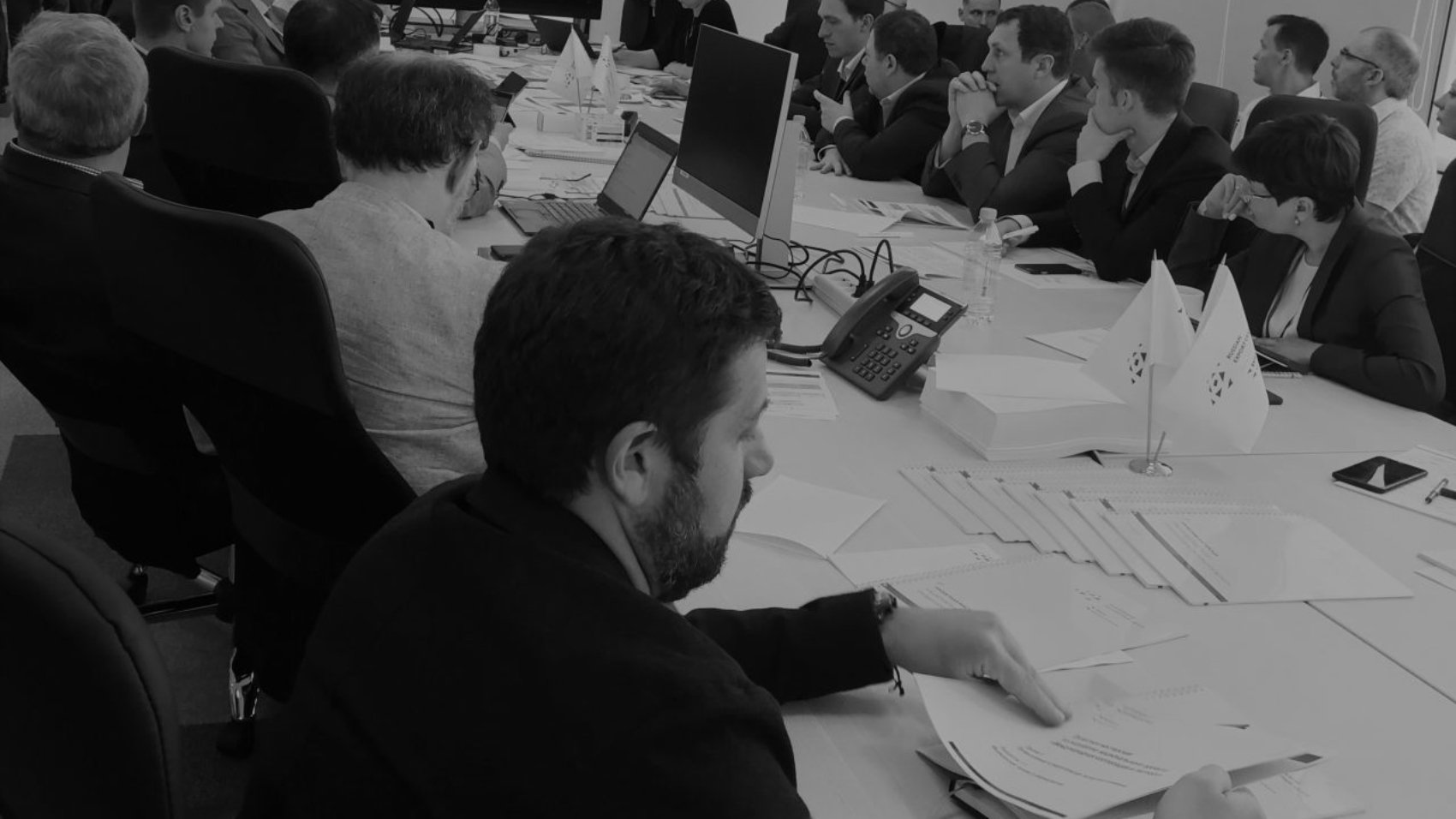
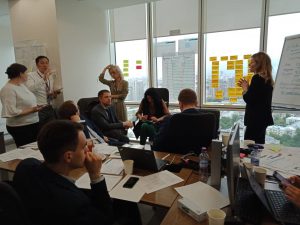 This process was painstaking, with the involvement of interpreters who would translate simultaneously while the Lab was underway. Each workstream was also co-facilitated by a Russian co-facilitator in addition to a PEMANDU Associates facilitator. This allowed the project team to gather the required input during the Lab towards preparing the final Lab report.
This process was painstaking, with the involvement of interpreters who would translate simultaneously while the Lab was underway. Each workstream was also co-facilitated by a Russian co-facilitator in addition to a PEMANDU Associates facilitator. This allowed the project team to gather the required input during the Lab towards preparing the final Lab report.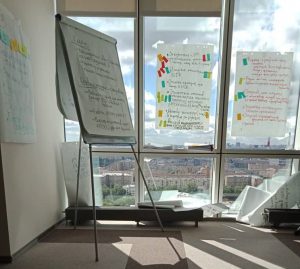 Zehan Teoh, a Senior Vice President at PEMANDU Associates who was stationed in Russia for a separate project, agrees on the importance of keeping it simple, adding that the fluency of language sometimes emerged secondary in communicating with clients and stakeholders.
Zehan Teoh, a Senior Vice President at PEMANDU Associates who was stationed in Russia for a separate project, agrees on the importance of keeping it simple, adding that the fluency of language sometimes emerged secondary in communicating with clients and stakeholders.